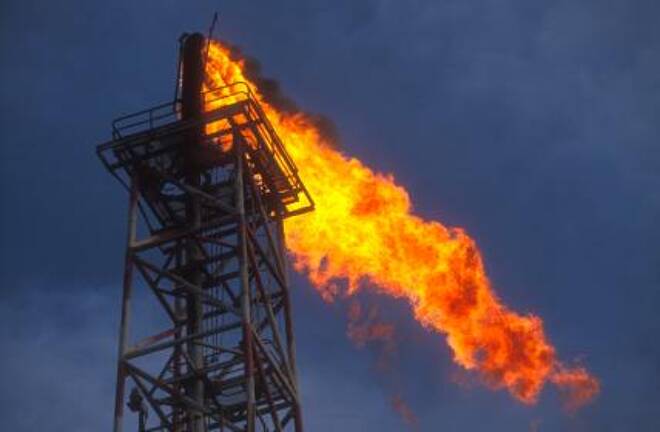Advertisement
Advertisement
Energy Prices Finally Ease As Winter Days Count Down
By:
Crude oil finally eased after climbing for over a week and touching a recent high above the 103 price level with little outside of US residential demand
Futures decreased as much as 0.5 percent in New York and were poised for the first weekly drop in one-and-a-half months. A measure of U.S. fuel use slid to the lowest level since June, data from the Energy Information Administration show. OPEC’s production declined to the least in more than two years as Saudi Arabia curbed output and Libya’s supply was disrupted.
Weather forecasts for March have improved and are showing warmer temperatures that originally predicted with winter days counting down. This week’s EIA Petroleum report stated that The sustained cold weather that overtook much of the United States during January and February increased demand for space heating fuels, disrupted crude oil and natural gas production as well as refinery, rail, and pipeline operations, and challenged the ability of energy infrastructure to deliver fuel.
US data Thursday showed first-time claims for unemployment insurance benefits, a sign of the pace of layoffs, rose last week, well above analysts’ average estimate. New orders for manufactured durable goods also fell 1.0 percent in January, extending December’s 5.3 percent tumble, the US Commerce Department said. US Federal Reserve chief Janet Yellen told the Senate Banking Committee that policymakers thought severe weather across much of the country was to blame for a disappointing run of economic data over the past two months, including on jobs, industrial output and consumption.
At the gas pump, the average price for a gallon of gasoline rose a penny to $3.44. The nationwide average has risen 16 cents in the past month as refineries undergo seasonal maintenance ahead of the driving season. That reduces supplies and forces pump prices higher. Still, the average price is still 35 cents lower that at this time last year, when gas hit its peak price of $3.79 a gallon.
Natural gas is flat this morning trading at 4.475 after tumbling most of the week on the changing weather forecast. Natural gas futures fell for a fifth day in New York and headed for the biggest weekly drop in 17 years after a government report showed a U.S. stockpile decline that was smaller than forecasts. Gas prices are down 27 percent this week, approaching the biggest slump since December 1996, and down 9.2 percent for February. U.S. inventories fell 95 billion cubic feet in the week ended Feb. 21 to 1.348 trillion, the Energy Information Administration said yesterday
About the Author
Barry Normanauthor
Did you find this article useful?
Latest news and analysis
Advertisement
